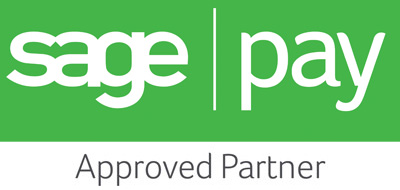If It's Broken, Should I Fix It?
If something is broken, it is usually worth repairing it (as long as the cost of the repair isn't higher than the cost of a replacement) and this is definitely true for broken links. There are two types of broken link – internal and backlinks. Internal links are ones which link to other pages within your website (and for the purpose of this article, any other websites you own) and backlinks are links to your site from other websites (which you do not own). Both are worth fixing, internal ones for a seamless user experience, and backlinks for referral traffic and the potential transfer of page rank from the referring site.
There are several tools which will automatically find the broken links on your website plus pages which have been linked to by other sites, but which are now gone. The main cause of a broken internal link is deleting the page, changing the URL or a simple typing error, and fixing them is just as simple, but it can be a time consuming task which is why it gets pushed to the bottom of the to-do list.
When fixing internal links, start with the list of broken links generated by the tool you have used to identify them.As you go through, you will find some which are the result of an incorrectly typed target URL and these are easy to fix. Another easy fix is to remove links to content which no longer exists on your website and replacing the target link with the most current version of that content (for example, FAQ pages, technical information PDFs or updated blog articles) if that is appropriate.If the target content is obsolete or no longer useful, remove the reference (and link) to it within the content where it is mentioned. You may need to make a list of changes for your copy team to go through if you're not confident to change the copy yourself.
External links can take a bit more work to fix but only because you may need to reach out to the owners of these websites to get the links changed when this is appropriate (and possible). The common causes of broken external links are typos and coding errors made by the linking site and for these breakages it is best to contact the website owner and ask them to update or fix the link. There are other ways of fixing backlinks that don't involve contacting the webmaster but when the cause is a slip of the keyboard it is best to flag this up to the webmaster of that website for them to amend.
You'll need to use a crawling tool to find backlinks which are broken, in the same way that you use one to find broken internal links, but this time you're looking for the referring domain to find out which site is linking to you.If you can, and it's appropriate to contact the website owner to request the change then do this. If this isn't possible you can create a redirect from the page which no longer exists to one which does, or the most recent version of the information. When you do this, users who click the link from the external site will land on yours and immediately be redirected to the content they wanted to see rather than be left facing a 404 (page not found) error.
In some instances you may want to reinstate the page content so that people clicking through do land on the right page, but be careful about duplicating content on your website – when Google sees the exact same copy on multiple pages it’s not viewed positively, so only reinstate when you aren't duplicating content by doing so. Usually, a redirection is the most appropriate course of action that you can quickly take yourself.
We know this isn't the most exciting task and that's why it is often overlooked, but it should be a regular task for any website owner. When done frequently, fixing these links will take less time than it takes to drink a coffee and your website visitors will have the best experience they possibly can. Of course, if you would prefer to have someone else take over the task as part of an SEO campaign, we’ll be more than happy to help!
